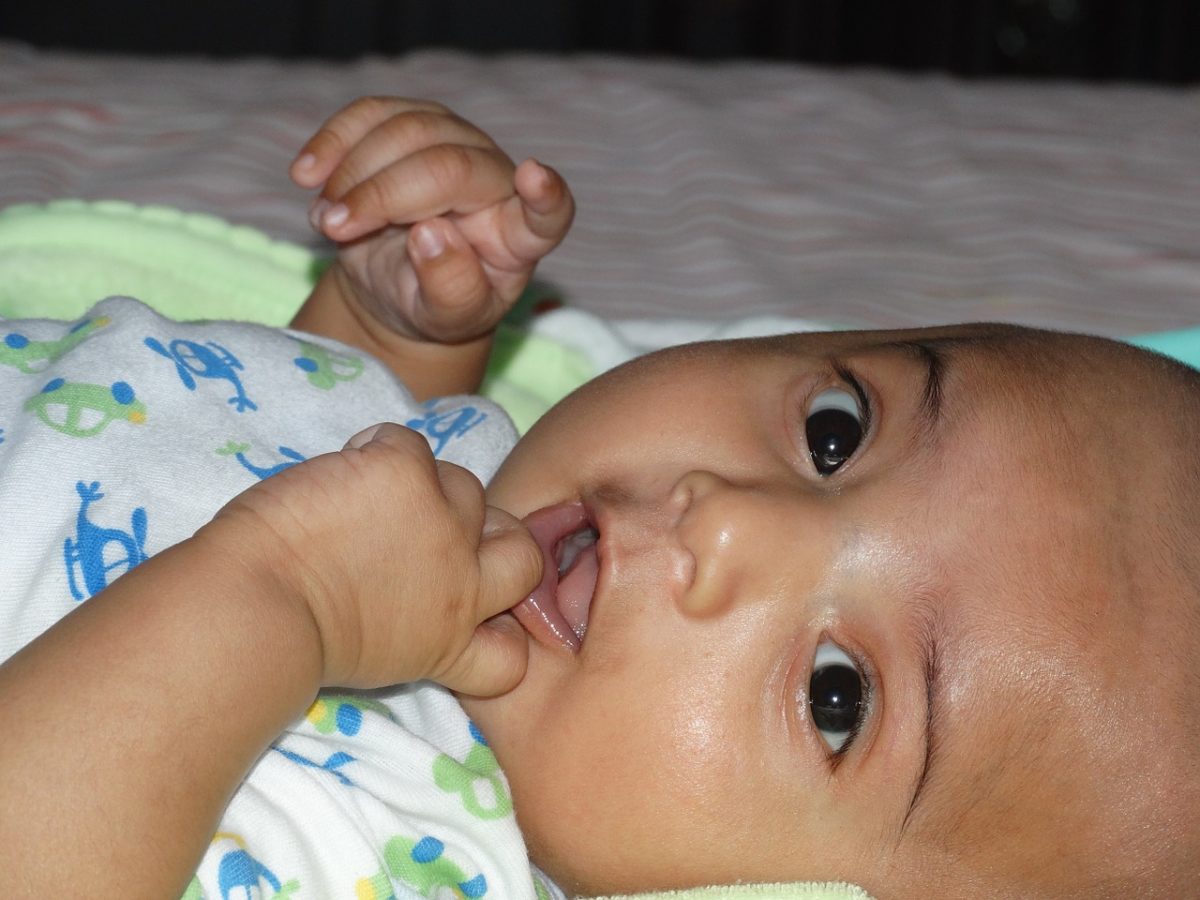KUALA LUMPUR, Dec 24 – The pneumococcal vaccine acceptance rate for newborns in Malaysia is more than 90 per cent, surpassing the 71% per cent target in the first three quarters of this year, Khairy Jamaluddin said.
According to the health minister, the acceptance rate of the vaccine from January to September 2021 was 95.13 per cent for the first dose of pneumococcal vaccine. Malaysia reported a 93.24 per cent acceptance rate for the second dose of the vaccine, higher than the 71.25 per cent target in that period of time.
The Ministry of Health (MOH) aims to achieve an annual vaccine acceptance rate of more than 95 per cent for the pneumococcal vaccine — which helps prevent pneumococcal disease — under the national children immunisation programme.
The implementation of the Pneumococcal Immunisation Programme under the National Immunisation Programme for children started on December 1 last year.
It has been a year since the pneumococcal immunisation programme was implemented, targeting all children born from January 1, 2020.
The pneumococcal vaccine is given in three doses — the first two doses at the age of four and six months respectively, and a booster dose at age 15 months.
A total of 85,381 doses were administered last year. From January to September 2021, 464,163 first doses, 454,992 second doses and 157,481 booster doses were administered.
Bandar Kuching MP Dr Kelvin Yii asked Khairy in the Dewan Rakyat to state the number of pneumococcal vaccine doses administered between 2020 and 2021 across the nation.
He also asked the amount of money spent to procure this vaccine and whether MOH intends to procure the PCV13 jab in future instead of the PCV10 vaccine currently used in public health care facilities.
MOH has finalised the procurement of pneumococcal vaccines for a contract period of two years from 16 October 2020 to 15 October 2022, with a contract value of RM145.47 million, Khairy told Dr Yii in a written December 14 Dewan Rakyat reply.
A total of RM102,122,500 has been allocated for the procurement of pneumococcal vaccines for the National Pneumococcal Immunisation Programme between 2020 and 2021.
MOH has also conducted sentinel surveillance studies in 15 public health facilities to monitor the impact of the implementation of the pneumococcal immunisation programme in terms of the incidence of invasive pneumococcal disease cases among children below five years old and bacterial serotype of streptococcus pneumonia among patients with invasive pneumococcal pneumonia.
The incidence of cases of invasive pneumococcal disease has decreased, especially among five-year-old children, said Khairy.
The decline was also contributed by the Movement Control Order, the closure of various sectors and recommendations, as well as compliance with hygiene-promoting standard operating procedures (SOPs) such as frequent hand washing, physical confinement and avoiding congested places.
“The surveillance data conducted will be reviewed by the National Immunisation Policy and Practice Committee before any decision is made on vaccine selection in the implementation of the Pneumococcal Immunisation Programme,” Khairy said.
“For now, the policy of procurement of pneumococcal vaccines by open tender is maintained.”
MOH’s Health Technology Assessment Report on ‘Pneumococcal Conjugate Vaccine For Children Below Five Years Old’ stated: “choosing between the PCV10 and PCV13 vaccines will depend on the preference of the decision maker or policy maker either to prevent the severe invasive pneumococcal diseases (IPD) only, or prevention of acute otitis media (AOM).”
The report predicted PCV13 to provide a “higher impact” on severe invasive pneumococcal diseases and community acquired pneumonia.
Meanwhile, PCV10 was expected to provide a “substantially greater reduction” in acute otitis media (AOM), a type of ear infection.
According to the report, PCV10 and PCV13 are expensive and before deciding on the vaccines, affordability and sustainability should be considered for the continuity of an immunisation programme. So the report recommended that PCV13 be given for high risk individuals first before considering it for children under five years old.








